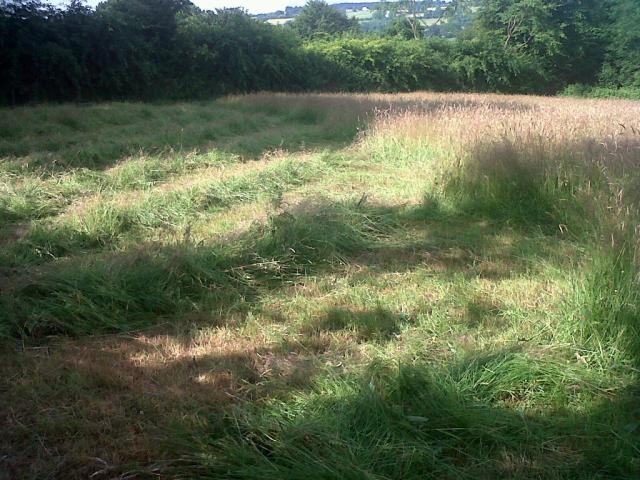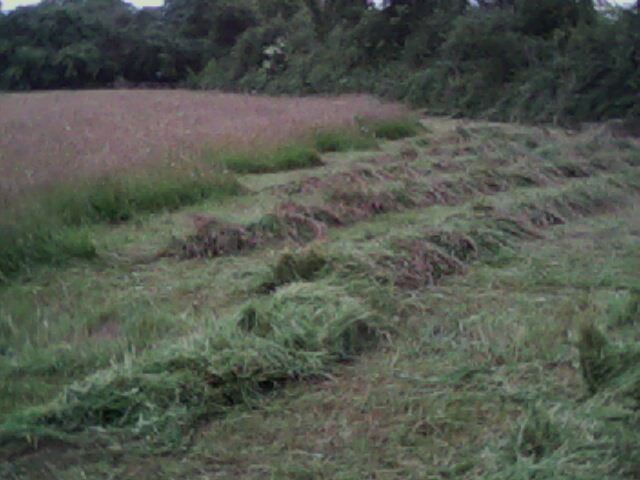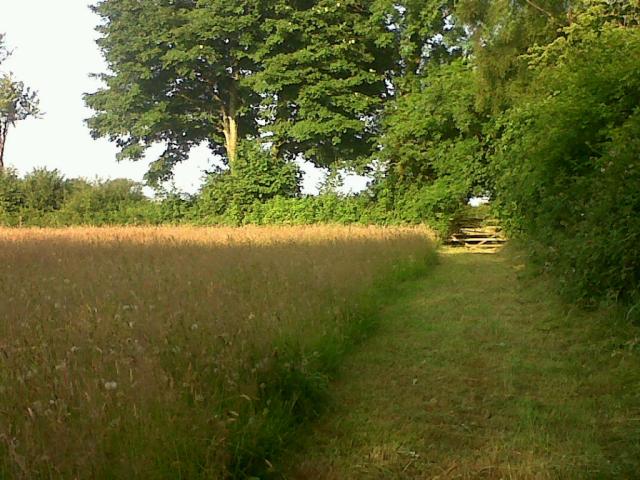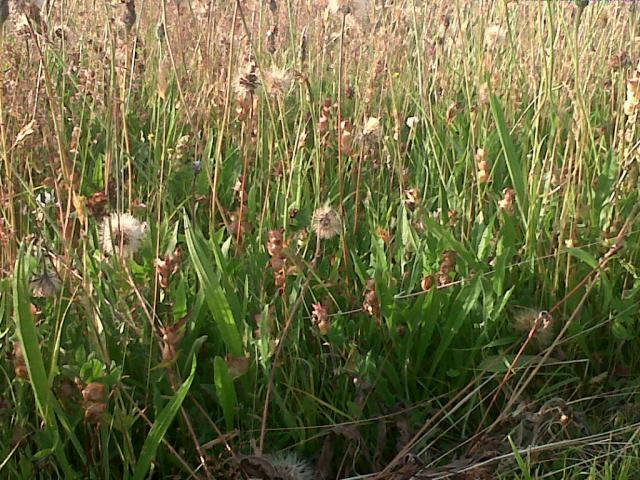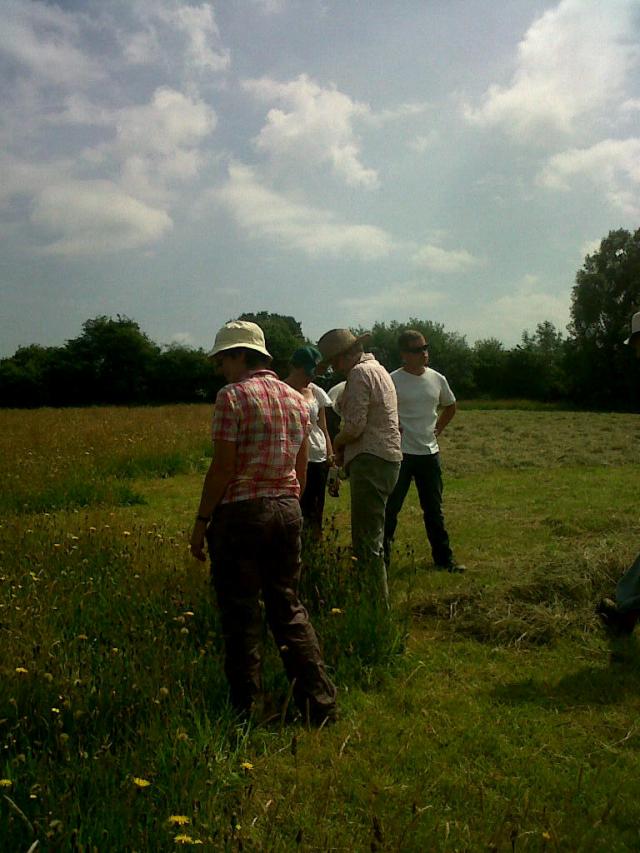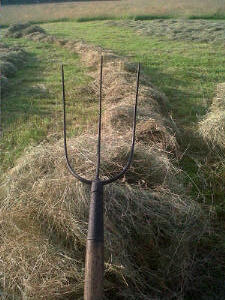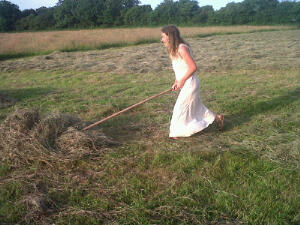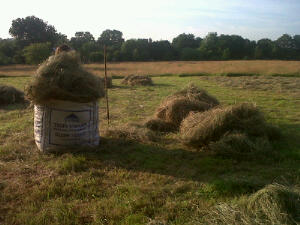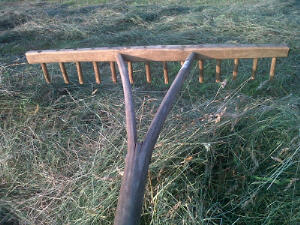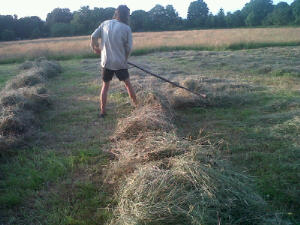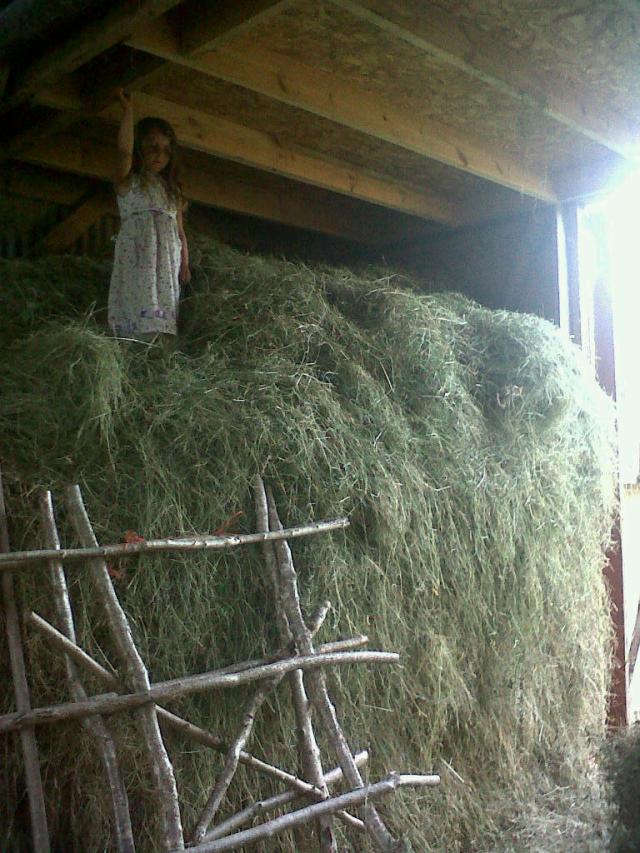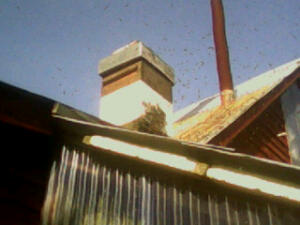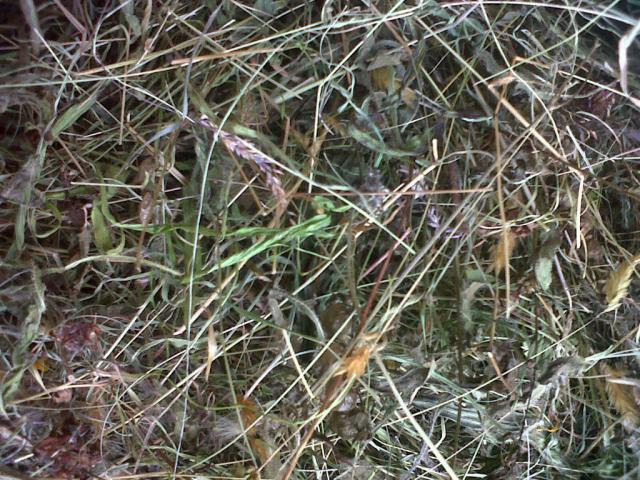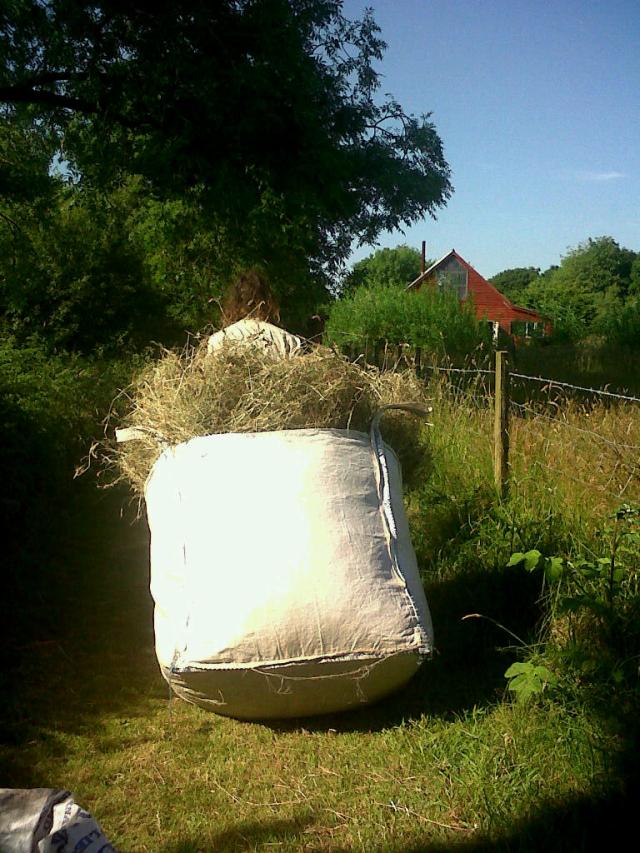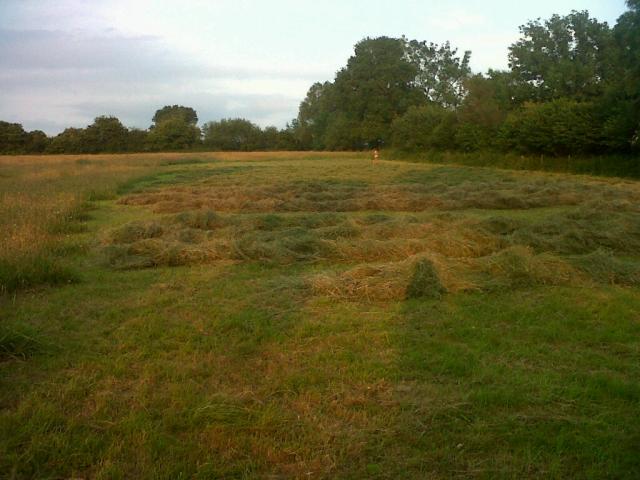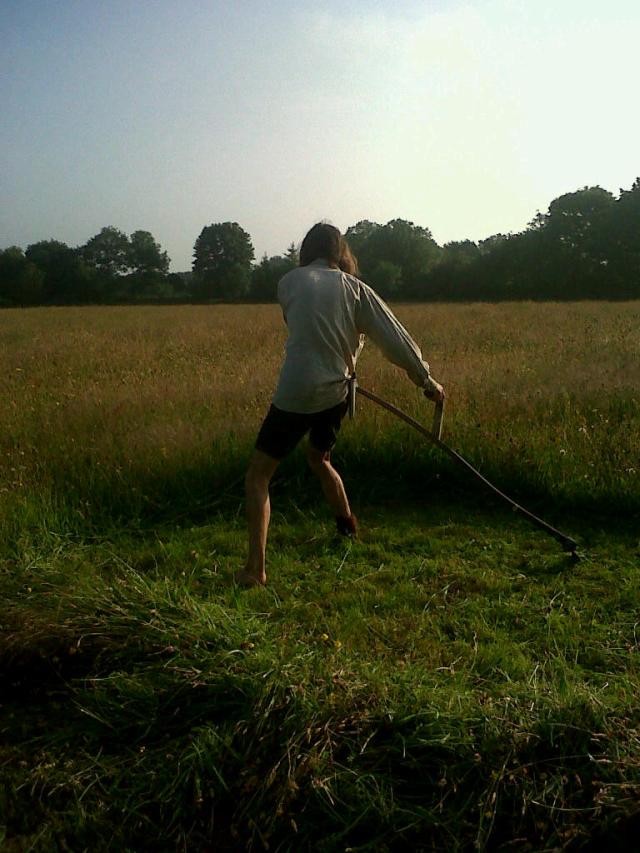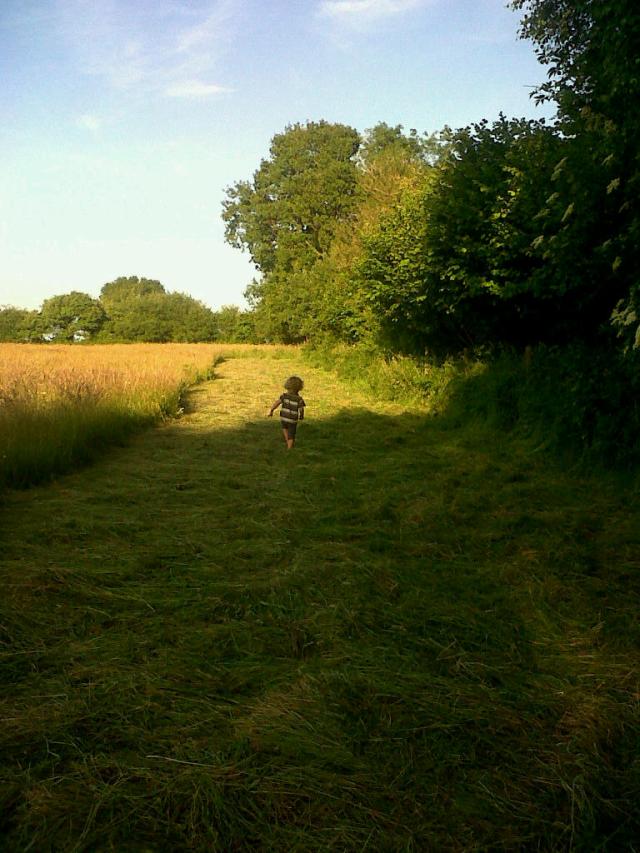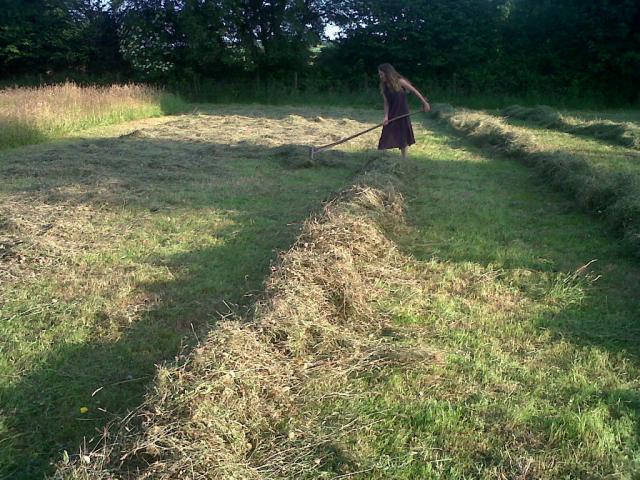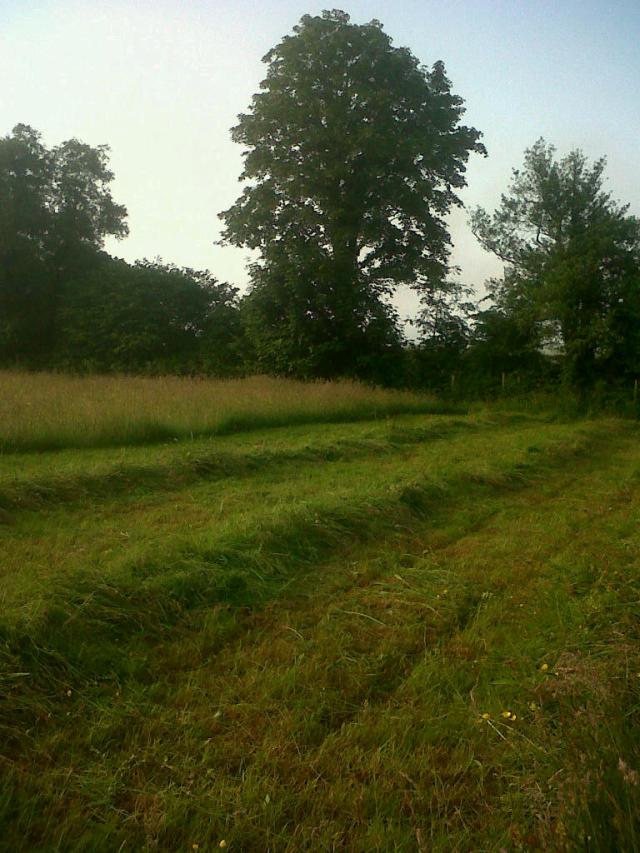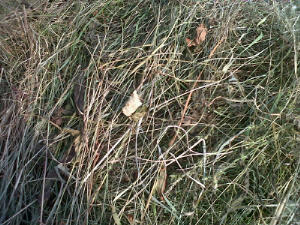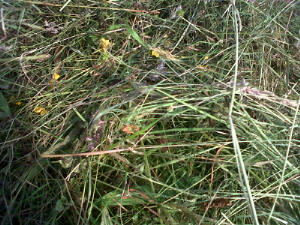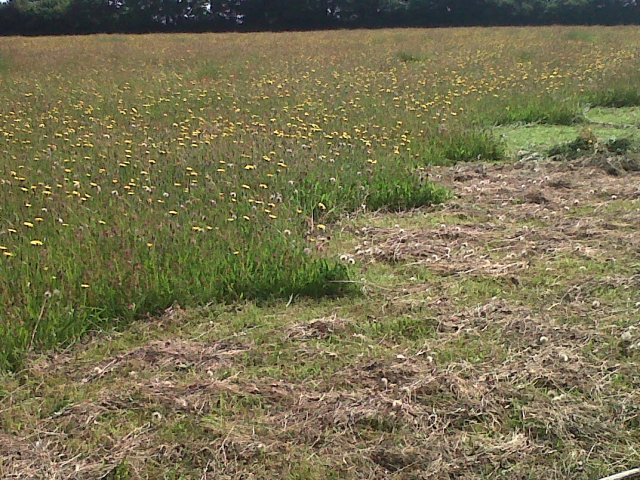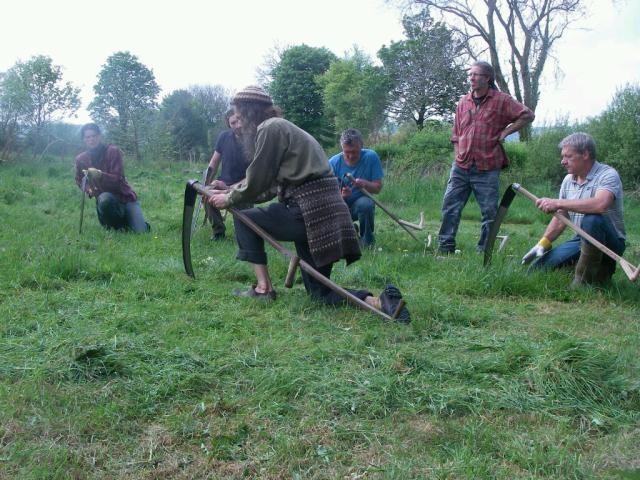This morning Phil was doing more mowing in preparation for the Introductory Scythe Course we are running tomorrow.
The field is now ready for the course participants to mow together during the morning session. He has mown a series of windrows of increasing length (see picture), creating a staggered start. Everyone can begin mowing at the same time without being dangerously close to each other, and will start with a mown area to their left, so that the windrow of cut grass they create will to fall onto an area that has already been cut.
This evening we carted the remainder of the hay on the Top Field that was cut on Friday and most of the hay that was cut on Saturday.
Inevitably the hay cut on any one day does not dry evenly. The grass nearer the hedge is lusher and thicker as well as being shaded for at least part of the day, so is slower to dry. We try as much as possible to gradually move hay away from the hedge as we are rowing and spreading. We have on occasions, if we need the hay to dry quickly, carried hay out from under the hedge and spread it onto a sunny part of the field from which hay has already be carted, although we avoid the extra work unless necessary.

